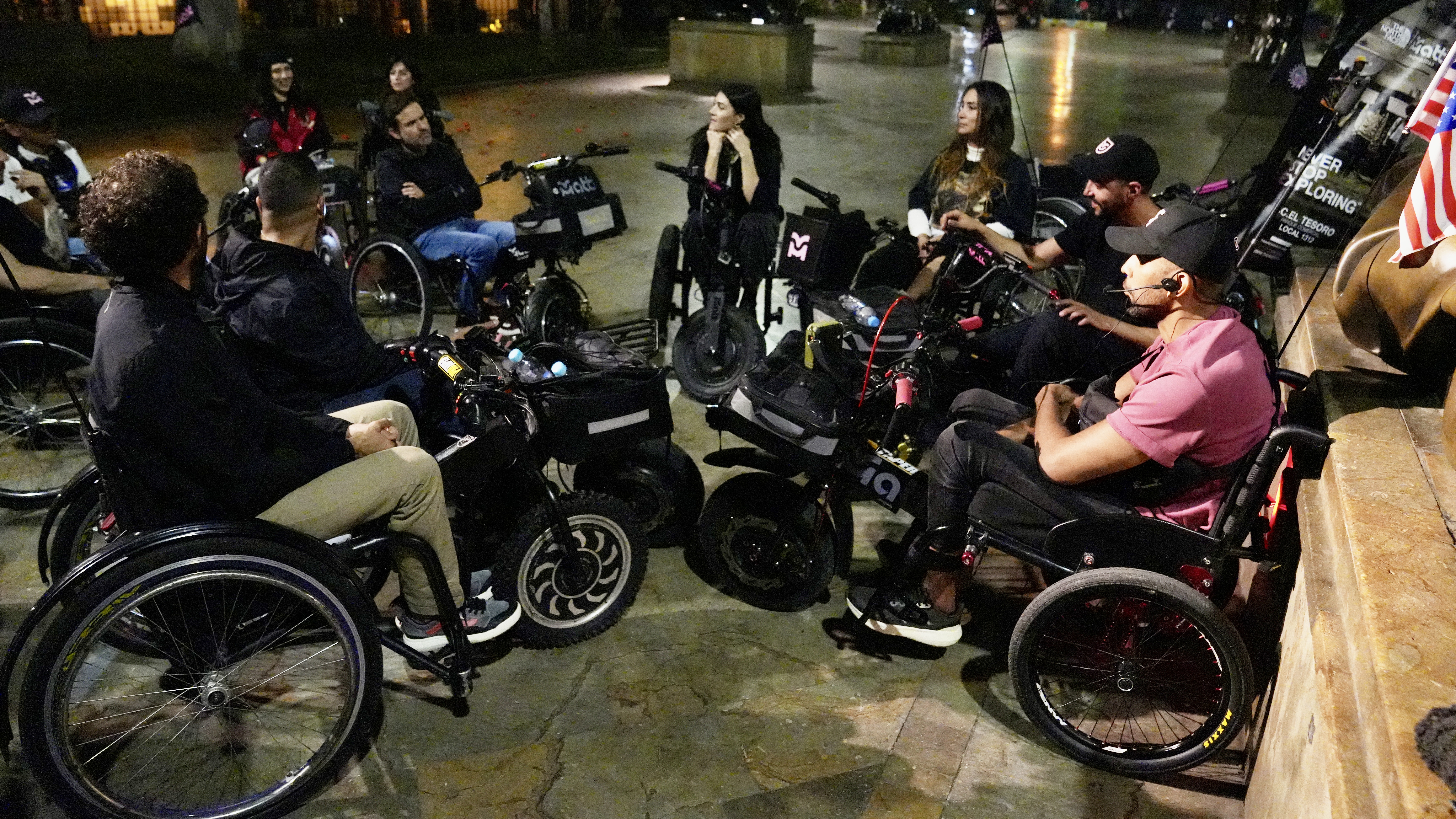Wheelchair tours show Colombia’s Medellín from a different perspective
On a clear December night, Andres Pulido rode around the center of Medellín, Colombia, in an electric wheelchair that can reach up to 25 mph.
He was part of a group of nine tourists who used similar vehicles to get around the city of 3 million people and enjoy some of its main sites.
At a square lined by palm trees and tall lamp posts, the tourists raced each other on the speedy vehicles, which are powered by a motorized wheel attached to the front of the wheelchairs. They laughed and made bets as their wheelchairs zipped along the concrete square.
“This is so much fun,” said Pulido.
He doesn’t have any disabilities. But he took the wheelchair tour with his friends because it’s a fast and effortless way to get around the city.
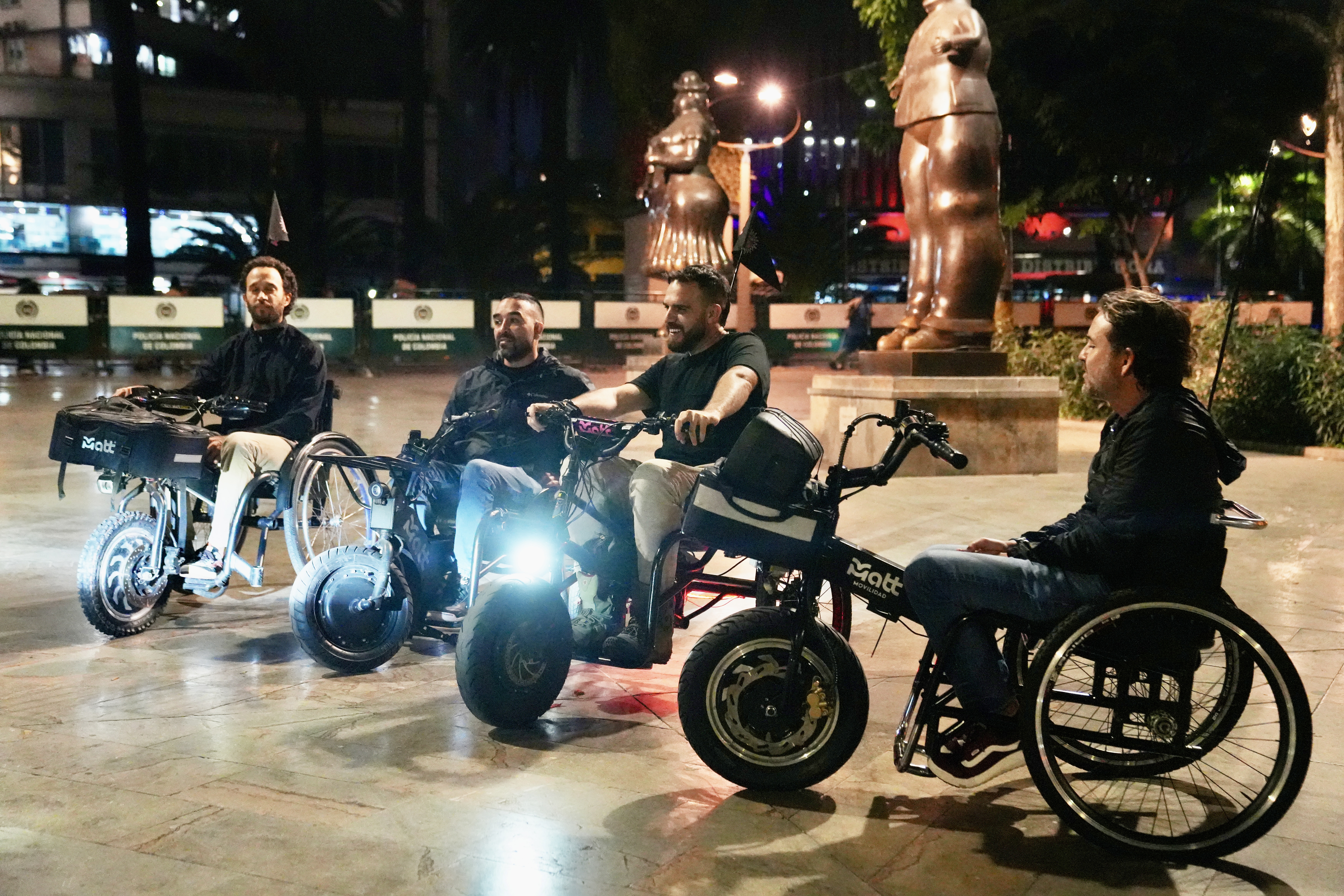
“It also puts you in the shoes of someone with a disability,” he said, adding that during the tour, he experienced some of the challenges faced by people in wheelchairs, like not being able to access buildings with no ramps.
The wheelchair tours are organized by MATT, a local company that makes motorized wheels, known as handbikes, that can be attached to the front of most wheelchairs.
They’re part of an effort to make the city more accessible and promote solutions for people with disabilities.
“When people see you on a wheelchair, they think you can’t walk, and that’s it,” said Martin Londoño, a local entrepreneur who founded MATT in 2018. “But there are a lot of issues people with disabilities face.”
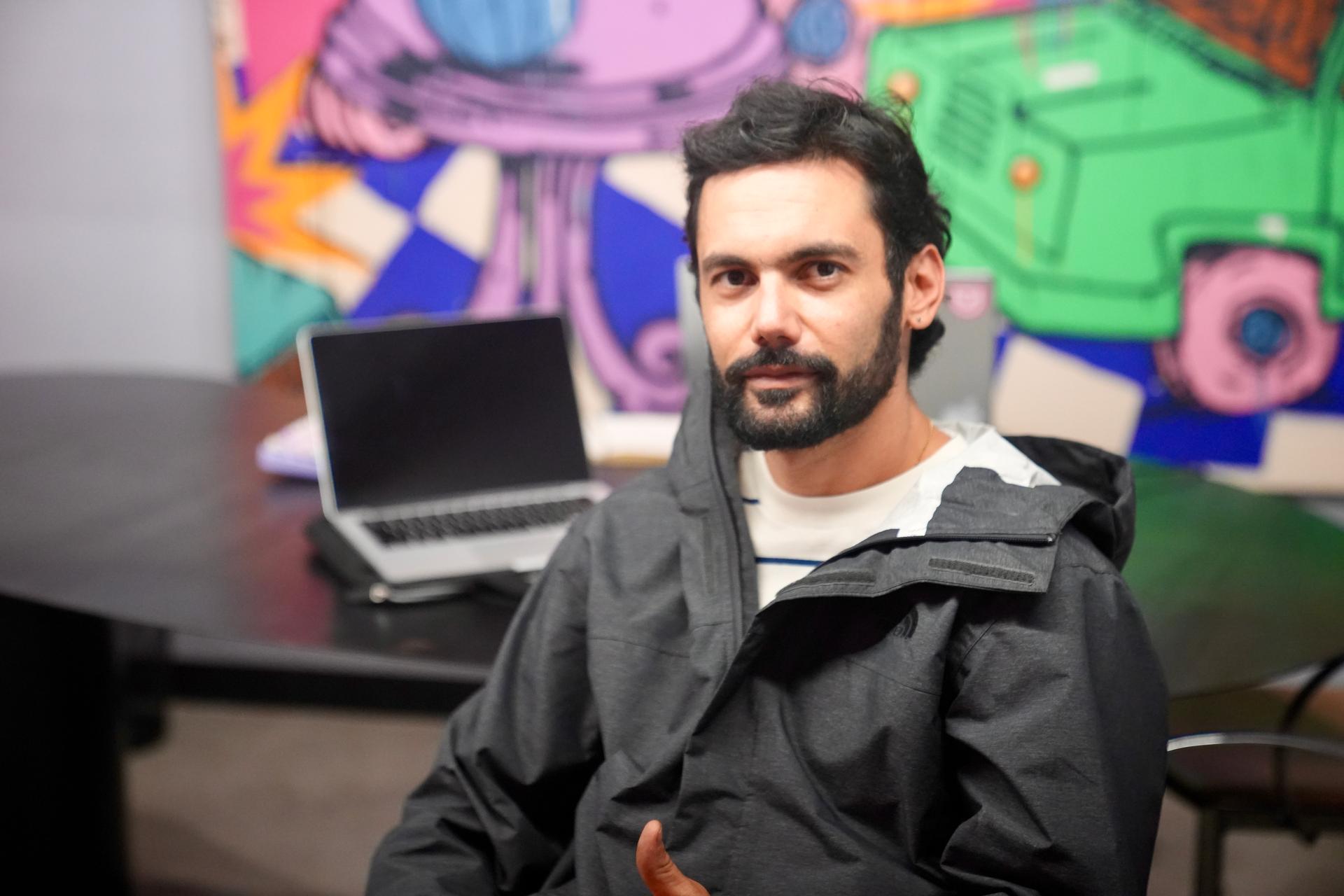
Londoño lost his ability to walk at the age of 18 when he was involved in a car crash that broke his spine.
Slowly, he began looking for ways to improve his mobility and started to build electric handbikes based on designs he saw online.
Now, at age 34, he’s launched several initiatives aimed at helping people with disabilities.
He says the wheelchair tours help him promote his product and get people without disabilities to think about those with special needs.
“If you have a store or you are a constructor, you can think about that experience and make little changes” that will make it easier for people with disabilities to get around, he explained.
“That’s the whole point of the tour.”
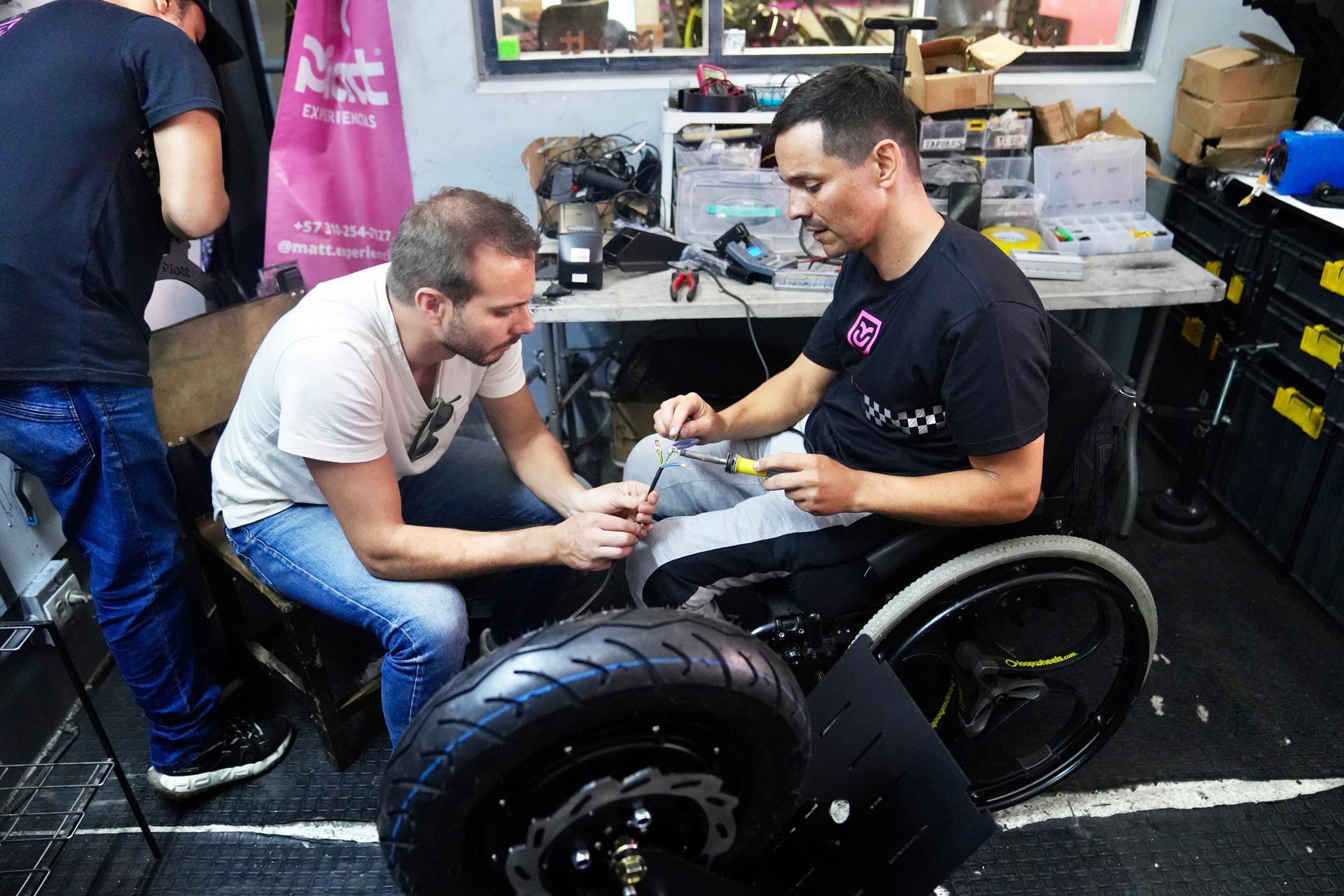
Ultimately, Londoño wants to get more of his electric handbikes to those who need them. He says that using one of these devices has given him a “second opportunity” in life.
“It’s a huge difference being on a regular wheelchair than a wheelchair powered by a handbike,” he said. “You don’t have to worry about who will push you up a hill or help you get around. It is also good for your mental health.”
Over the past four years, Londoño’s company has built about 80 handbikes powered by lithium batteries at its workshop in Medellín, including those currently used for the wheelchair tours.
But it’s been hard to scale things up.
Most people with disabilities in Colombia are unemployed and have very low incomes. They can’t afford the electric handbikes built by Londoño, which cost around $2,500.
“If we are only like, we are selling it, come and buy it, it’s going to be a waste of time,” Londoño said.
To get around this problem, Londoño is trying to convince insurance companies to buy the handbikes for people who can’t walk.
He’s also trying to get the city government to integrate the handbikes into the public transport system.
“We have to try every avenue there is to finance these handbikes for people,” he said.
Recently, Medellín’s city government purchased seven handbikes from Londoño’s company.
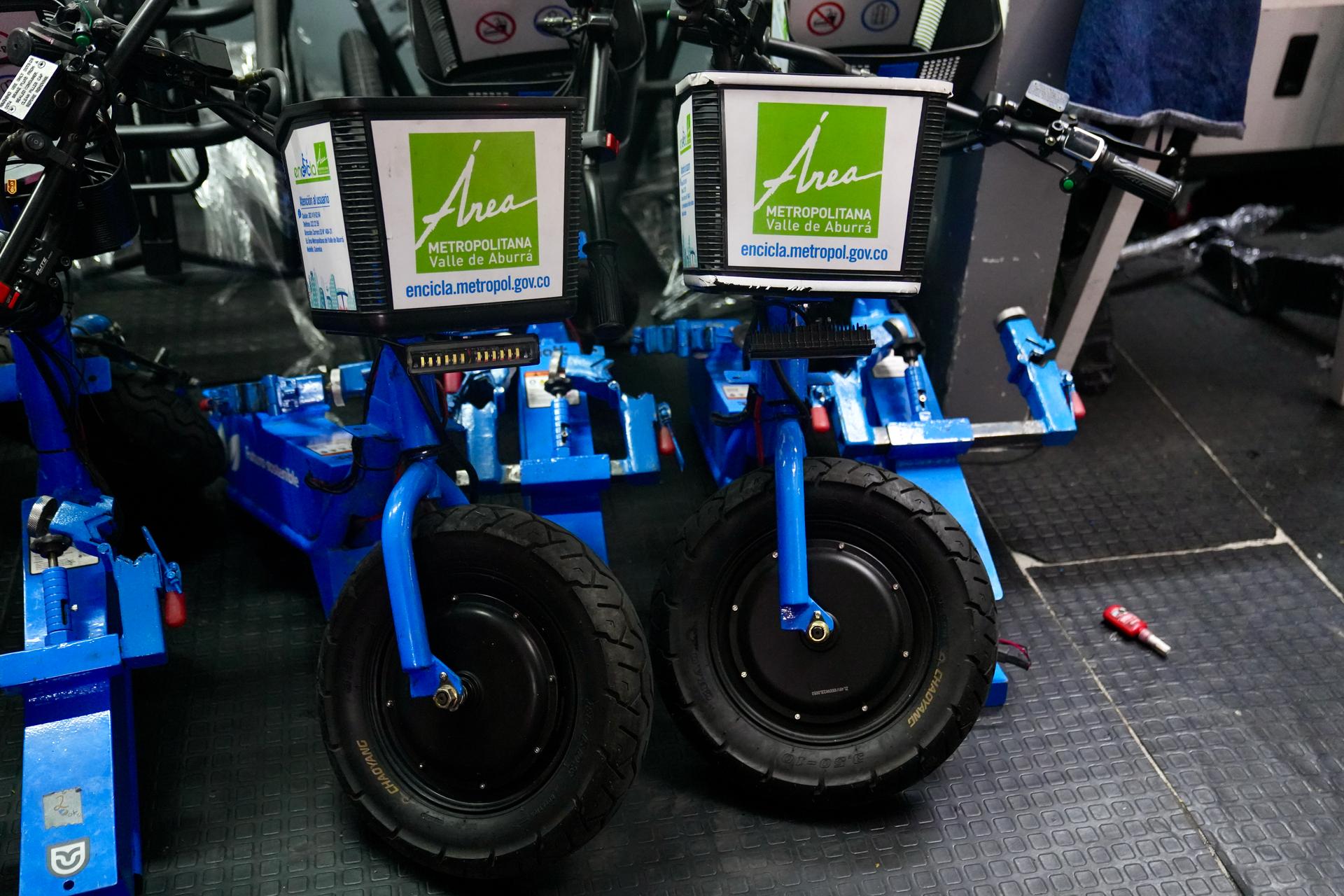
They are now lending them out to people with disabilities as part of a test run.
Officials say they have been pleased with how the handbikes have performed so far. Their goal now is to place at least one electric handbike at each of the city’s public bicycle stations.
“There are many people who just can’t get around our territory,” said Jonathan Hernandez, the deputy director for transport of Medellín’s Metropolitan Area. The public company also manages the city’s public bike system.
“We have lots of hills here, and someone [in] a regular wheelchair just can’t get around on their own,” he said.
Londoño’s handbikes are still in their early days. However, the entrepreneur believes they have the potential to make the city more accessible, and give thousands of people the chance to move about freely.
“I see MATT as a big handbike producer with high quality and low pricing,” he said. “trying to go to South America, Latin America and being price competitive.”
The story you just read is accessible and free to all because thousands of listeners and readers contribute to our nonprofit newsroom. We go deep to bring you the human-centered international reporting that you know you can trust. To do this work and to do it well, we rely on the support of our listeners. If you appreciated our coverage this year, if there was a story that made you pause or a song that moved you, would you consider making a gift to sustain our work through 2024 and beyond?
